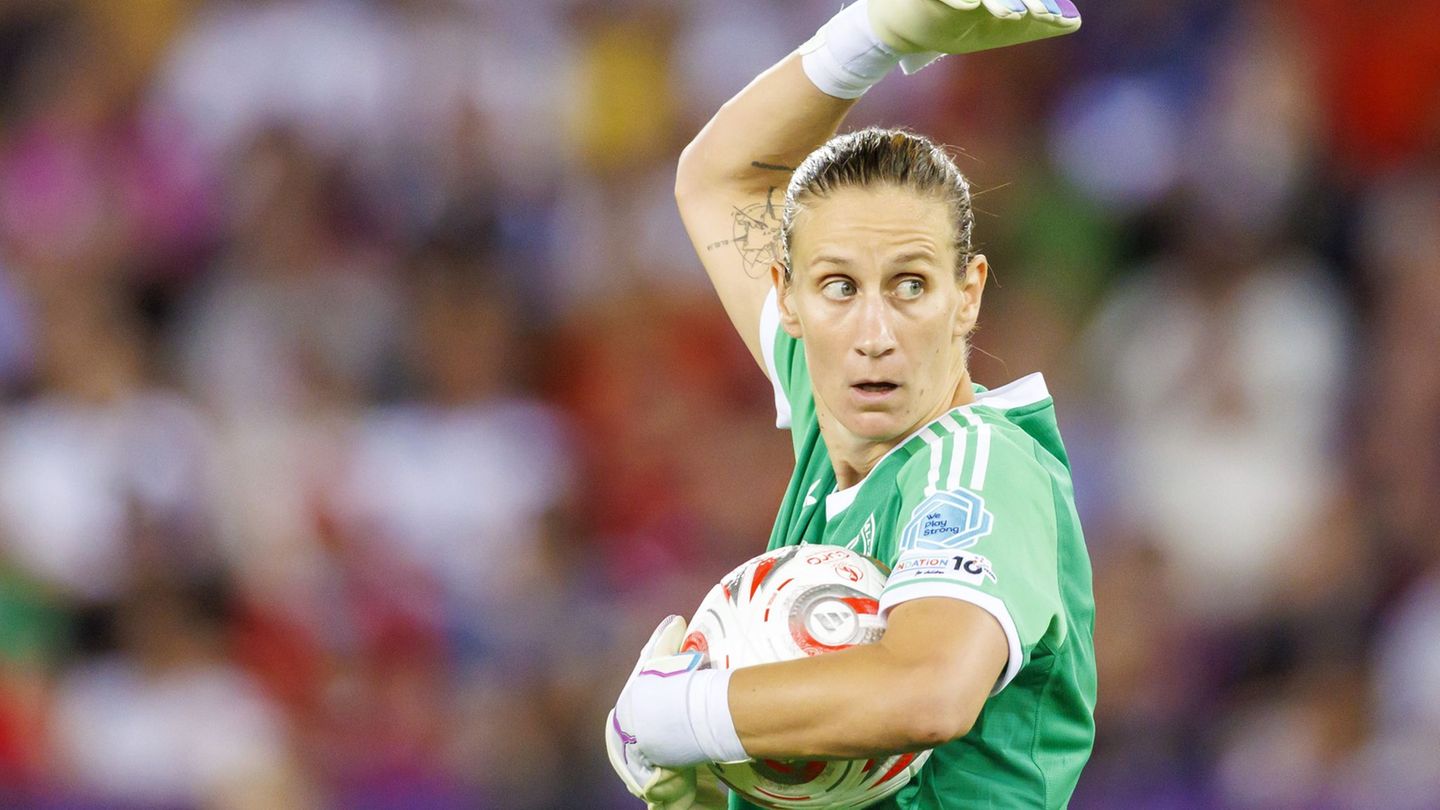Thus, he explains that what is usually expected is that a feminine look be more supportive, empathetic, community and family. And he points out that, “in this way, we reproduce gender stereotypes, which associate the feminine with care, family and home.”
What is the economy? Does it admit a feminine look?
In the same sense, Nuria Susmel, economist from the Latin American Economic Research Foundation (FIEL), comments that “when they ask me about the female view of the economy, I am surprised”. And it is that, as he well explains, “Economics is a discipline that studies the management of scarce resources and their distribution for different purposes.”
“I don’t think there can really be a feminine or masculine look of a devaluation, a monetary measure or when there is a greater issue. It seems to me that there is no gender-determined view of these issues”, explains Susmel. And it is that, although she recognizes that there may be a different vision between men and women, from the perspective of economic policy, in a technical analysis, she dismisses it.
Although she has a critical look at current feminism, she also agrees with her colleague, the economist and director of CyT Asesores Económicos, Maria Castiglioni, who acknowledges that, many times, they consult it as a source “because they want to the voice of women economistsbut I I don’t want them to do it to cover the ‘quota’ because the important thing is what I studied, what I know, beyond being a woman or not”.
Regarding the professional field, 5 out of 10 Argentines associate feminism with the search for equal opportunities and income for equal work between men and women.
Many times, with equal conditions and capacities, there are unequal salaries.
Castiglioni points out that “It is very important that we overcome these prejudices”, which are also associated with the preconception that women are more likely to make such or such decisions. However, as Susmel argues, “there are positions or visions that people adopt that are not necessarily determined by gender.”
Thus, he points out that society often believes that the woman has to have a certain look of the economy and, although she acknowledges that there are many women who write about the female economy, she emphasizes that this is not the strict field of women. “Sometimes we get pigeonholed,” Susmel warns.
And, if someone knows about that, it is Botto, who recognizes, she had to make “many efforts not to be pigeonholed and that they speak to me only of feminist economics, wage gap and unpaid domestic work”. Because, although she dedicated herself especially to disseminating these issues and she considers that they are important, she emphasizes that she can talk about all of macroeconomics, because she questions women.
So, she thinks that “The economy has a very androcentric look (centered on man) and warns that confuses a lot the feminine with feminism”, since, although it seems that it is not necessary to clarify it, it is, “not all women are feminists and that makes it even more necessary to differentiate the feminine from the feminist”.
What happens the rest of the year with the economists?
But the fact that they are pigeonholed and especially remembered (since it cannot be said that they are consulted only on that date) in the Women’s Day or by “quota” is not the only prejudice that economists must face. Like almost all professionals and employees, most of them see how they have fewer possibilities than men often with the same or better conditions.
Castiglioni says, for example, that many times it has happened to him that they thought that his partner, Camilo Tricornia, was his boss and not his peer, for the fact of being a woman and she remembers that, in job interviews, she often encountered obstacles due to her gender: “They told me in an interview for the finance area, for example, that they couldn’t hire me because it was a 4×7 job (full-time) and that, because I was a woman, I wasn’t going to be able to do it.
Luckily, today, he sees that that has changed a lot. “In the new generations of economists women have much more participation, as in the world of finance. When I was studying economics we were much fewer women than men and today, as a teacher, I see more and more women in the classes”, Castiglioni describes.
And, Susmel also has his own to contribute in experiences of discrimination by gender, since it points out, for example, that her good always felt respected in her work, in the entire history of FIEL, it has never been headed by a woman. “That is a striking fact that, since 1964, when it was created, many women have passed through the foundation, but they did not become heads,” she says. She even mentions that, in conferences, there is rarely a large participation of women.
In fact, Argentina is an emblematic case in this sense, since We have only had two female Economy Ministers (Felisa Micheli and Silvina Batakis) and a single president of the Central Bank (Mercedes Marco del Pont). And this data is not minor because, as there are more women in spaces of power, the structures begin to change and spaces for work and debate are made permeable to the female presence, without the need for the women who come to those spaces are necessarily feminists.
Thus, although anyone can say that women have come a long way, it is clear that, as Botto points out, It is important to “think of an economy for everyone” and get out of the “cliché” of remembering the female view of the economy on Women’s Days or to comply with a female presence in a conference, in a note or in a directory.
Source: Ambito




